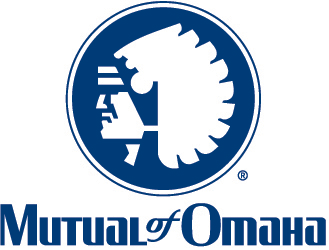Sponsored Content by Mutual of Omaha
Rather than using our experience to guide a program for successful enrollment, we all have a tendency to go along with what our customers think is best. It revolves around the balance between being customer-focused and managing the education of customers in our area of expertise, and getting the most out of benefits for employees.
Recommended For You
Once we realize the path of least resistance leads to a destination of few results, it's time for us to bring value to the process. But how can we lend our expertise when our customer objects to our enrollment recommendations? Here are some ideas:
Use examples – One technique I use is being prepared with case studies. It always helps to illustrate your point with examples of results for like businesses and the conditions you are recommending. Examples can be either positive (here is what we recommend and the favorable results) or negative (here are enrollment conditions we do not recommend and the lackluster value that resulted).
If you plan to use contrasting examples, it is best to do so in your initial presentation. You do not want to create an environment where your customer perceives a negative example as a personal affront.
Gain buy-in, then define steps – In your initial presentation, make sure you ask your customer to participate in defining the goals of the benefit program. Once your recommended plan gains the buy-in of the benefit manager, then define steps to success.
Push pain points up the ladder – When there is resistance to adequate enrollment access, a frequent objection is "the top management team will not allow time off the job." That's the time to push for a presentation to top management. What do they want to hear? Make sure you get your contact to spell out any and all concerns.
Be prepared to define their issues and tailor your presentation around solving their problems (do not focus on your product or process until they know you understand the importance of their problem).
Then use several forms of evidence to back your case. Testimonial letters are strong, especially if they are from a similar business with similar issues. Facts and statistics are useful especially if combined with relevant examples. Analogies can be helpful, though they may be difficult to conceive.
When you push a pain point up the decision ladder, you may still get a "no" – but many times it will help change a "no" to a "yes".
Sometimes, it's how you say it
Typically, there is a very limited amount of time to make the case for good voluntary benefit enrollment conditions. Fortunately, there are several key phrases that can help benefit managers and business owners appreciate the importance of conditions.
I have found that it's helpful to form questions that can lead the prospect to define good conditions. The more their own responses define the enrollment, the more strongly they will back the program. The questions are basic, such as:
-
Are your employees as satisfied as they should be with your benefits?
-
Would your staff feel better about your benefits if they understood them better?
-
What do you think would help your employees see the value of their benefits?
-
Would offering additional voluntary benefits help you meet the needs of your diverse workers?
Seek first to understand
Finally, the main way to know the right question or key phrase is to ask simple questions and listen. Too frequently, we walk into a room thinking we need to tell our prospects something. Many times, they have a problem, a lack, or a need they want to tell us about. Sometimes, the best question is simply, "Do your employees think your benefits are worth what you pay for them?" The answer will result in a perfect opportunity to present your solution.
Marty Traynor is vice president of voluntary benefits at Mutual of Omaha. He can be reached at [email protected].
© 2025 ALM Global, LLC, All Rights Reserved. Request academic re-use from www.copyright.com. All other uses, submit a request to [email protected]. For more information visit Asset & Logo Licensing.








